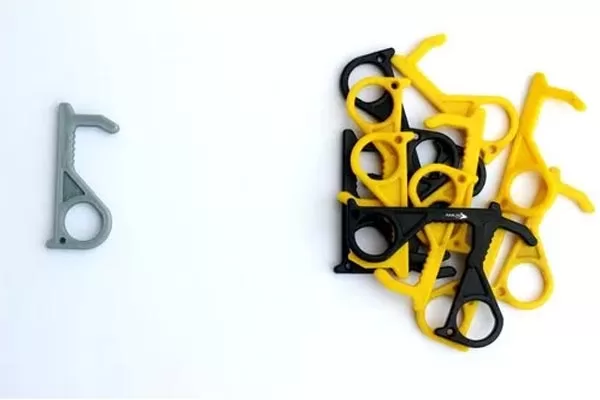When it comes to rapid prototyping, vacuum casting is a valuable technique that can complement other processes, like CNC machining and 3D printing, or be used independently to advance product development with high-quality prototypes.
A vacuum casting mold acts as a physical representation of a 3D design. It is typically made from a thermoplastic, such as polyurethane, and it is usually constructed using a vacuum bag. Vacuum casting is a technique that has a lot of potential for product development. This blog will look at how you can use vacuum casting to advance product development.
What is Vacuum Casting?
It is a necessity to understand the fundamentals of vacuum casting and how it works before we dive into the topics. The vacuum casting process involves several simple steps. In this method, the first step is creating a master model using a high-resolution 3D printing process like stereolithography (SLA) or stereolithography (SLS). Both these 3D printing methods and CNC machining can create parts with high surface quality, a necessary property of a master model.
This master model is then cast in silicone. The process is done by placing it in a vat and covered with liquid silicone. The silicone mold is cured until it hardens and cuts along specified lines and the master model is removed.
After which, the silicone mold is injected with a polymer-based resin and cured. The casting process happens inside the vacuum to ensure there are no air bubbles in the cast resin. This results in dense and highly accurate parts. When the resin is cured, the mold can be reused for more identical copies.
Today, vacuum casting is widely used in several rapid prototyping processes in many applications, including pre-series prototyping, testing and validation, and small series batches for early market products.

Vacuum casting parts
Top Reasons to Use Vacuum Casting
Here are the top reasons why vacuum casting is one of the most in-demand manufacturing techniques.
Quality
The first reason why one should consider using vacuum casting for their prototyping needs is quality. Though it is primarily a prototyping process, vacuum casting is capable of reproducing parts that are production quality—similar even to injection molded parts. Vacuum casting is an example of an advanced prototyping process that produces quality parts. It can make prototypes that are as good as production pieces and with nice finishes.
Wide Range of Materials
Vacuum casting is a popular rapid prototyping technique that you can use when you need plenty of material choices. Since the formation of the initial model doesn’t matter, and silicone is popular for making molds, the end product can range from traditional plastics to rubber-like resins including stiff plastics, flexible elastomers, transparent materials, and more.
There is a wide selection of castable and curable resins that closely resembles thermoplastics like ABS-like polyurethanes and PE/PP-like polyurethanes. It means that the finished parts from vacuum casting will have the same aesthetic and mechanical properties as the mass-produced counterparts made with ABS or PE, for example.
Testing
Since vacuum casting can produce parts with a high degree of accuracy and from a wide selection of materials, it can create prototypes that closely resemble the finished products. It means that the vacuum cast prototypes are ideal for functional testing and validation, as well as fit testing if the component is a large part of an assembly.
These capabilities of vacuum cast parts enable product producers to check on quality assurance, even at an early stage, to determine if the product is viable for a particular application before moving into final production.
Time
Another reason to choose vacuum casting for plastic prototyping is time. It can save manufacturers valuable time and hasten the process of product development. Unlike more conventional molding processes like injection molding, it does not need tooling made from metals like steel.
While these tools are suitable for mass production, it is not ideal for prototyping because they will take weeks to complete.
A silicone mold can be made in a day and the cast parts can be made in succession with a single mold. Therefore, if you are on a tight deadline to present your prototype to stakeholders, this is a viable solution for achieving production-grade prototypes.
Cost
And lastly, vacuum casting is a cost-effective way of producing high-quality prototypes or small batches of pre-series parts.
It makes sense because vacuum casting is not as energy sensitive as CNC machining or injection molding, leading to low energy consumption costs. And once the master model has been produced, the main cost of production will be associated with the resin used.
The process is inexpensive because the silicone molds are cheaper than steel or aluminum molds and the labor needed to cast parts is less complex than machining. Lastly, vacuum casting benefits from economies of scale because multiple parts can be done from a single mold.
Conclusion
As you can see vacuum casting is beneficial for many rapid prototyping applications. It’s ideal for creating a series of high-quality prototypes. For the product development team looking for a technique to create pre-launch prototypes for customer trials, models for marketing campaigns, or functional prototypes, you can get the most out of vacuum casting.
